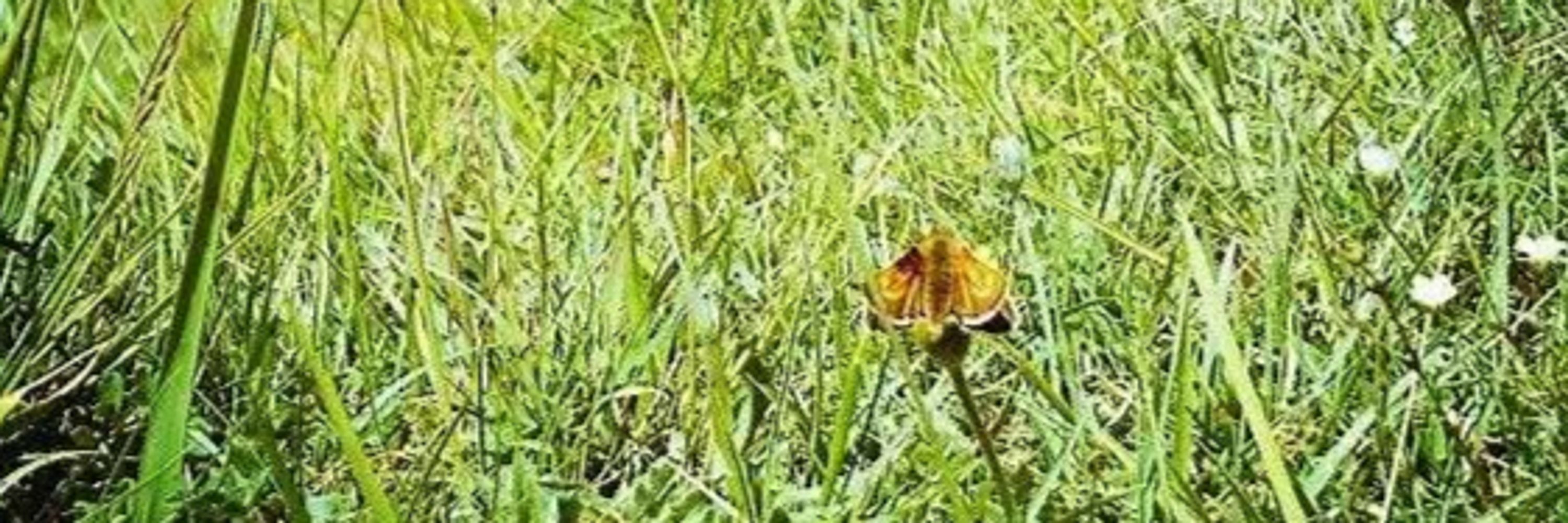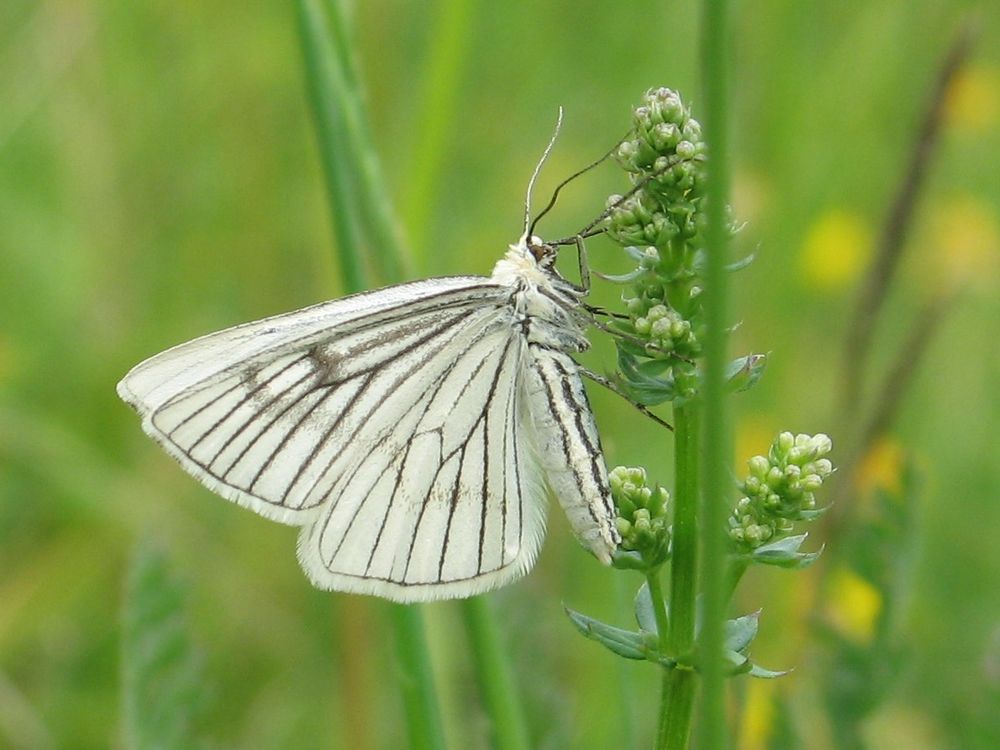Rachel Jones
@rachjo23.bsky.social
93 followers
49 following
8 posts
Senior Ecologist at Butterfly Conservation and PhD student at the University of Exeter researching Lulworth Skipper.
Posts
Media
Videos
Starter Packs
Rachel Jones
@rachjo23.bsky.social
· May 16
Reposted by Rachel Jones
Rachel Jones
@rachjo23.bsky.social
· Jan 6

Habitat management interventions for a specialist mid- successional grassland butterfly, the Lulworth Skipper - Journal of Insect Conservation
Evidence-based management is needed to reverse declines in insect abundance. The Lulworth Skipper Thymelicus acteon is a range-restricted and declining species in the UK and northern Europe associated...
link.springer.com
Rachel Jones
@rachjo23.bsky.social
· Jan 6
Rachel Jones
@rachjo23.bsky.social
· Jan 6
Rachel Jones
@rachjo23.bsky.social
· Jan 6
Rachel Jones
@rachjo23.bsky.social
· Jan 6
Rachel Jones
@rachjo23.bsky.social
· Jan 6
Rachel Jones
@rachjo23.bsky.social
· Jan 4


